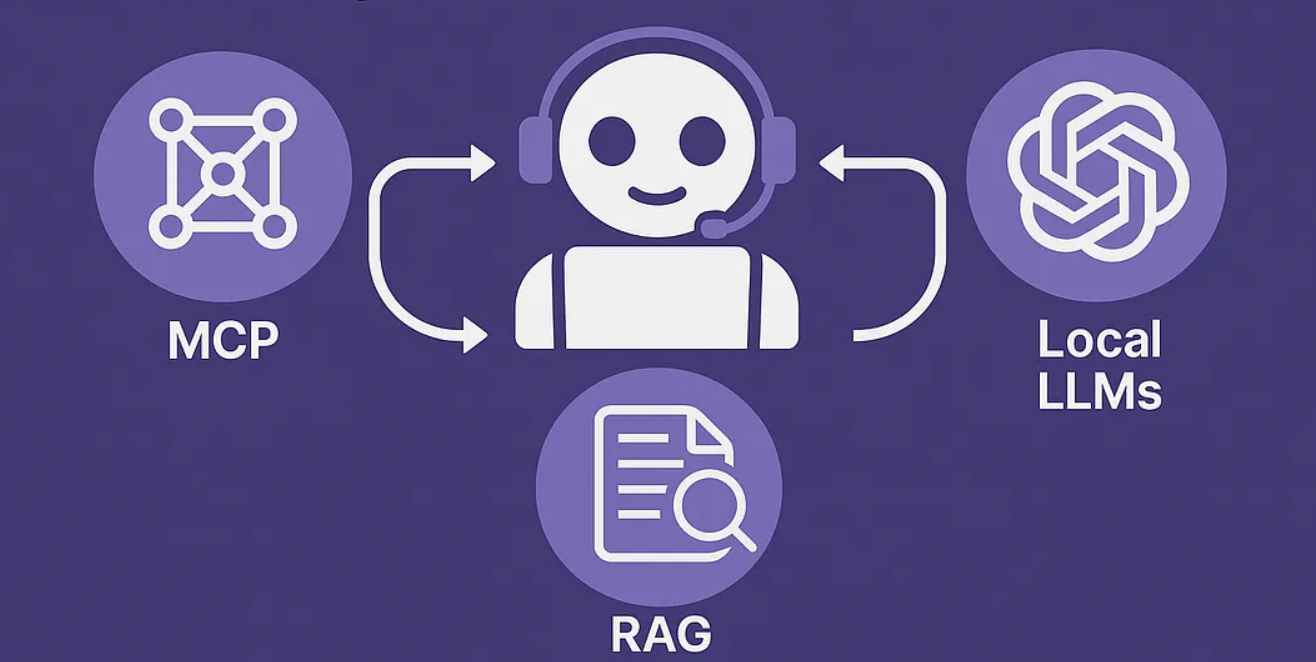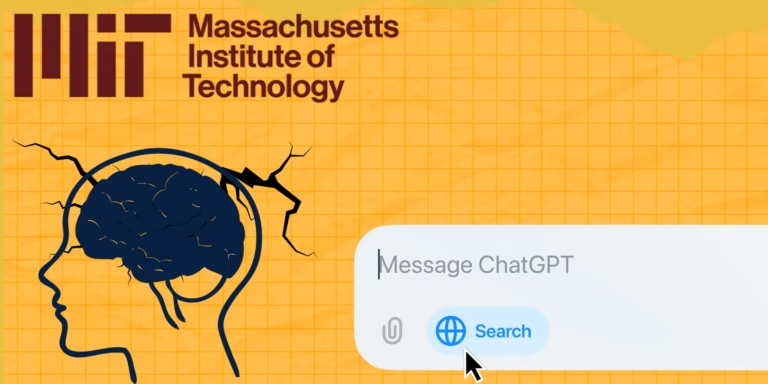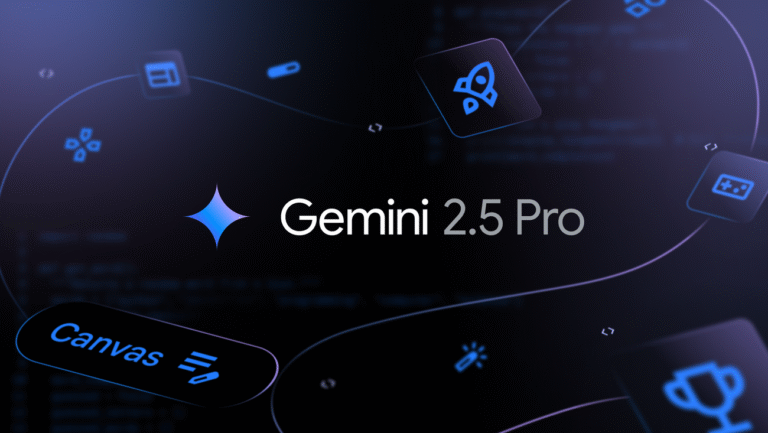Mastering LLM Architectures: A Simple Guide to MCP, Agentic AI, and RAG for Enterprise AI Adoption
2. Agentic AI: The Collaborative AI Team
Sometimes, a task is too complex for a single AI to handle efficiently. This is where Agentic AI comes in, like assembling a specialized team of AI experts.
What is Agentic AI?
Agentic AI systems involve multiple independent AI agents working together to solve complex tasks, coordinated by a central Orchestrator. You can even have “Sub-Crews” – groups of agents dedicated to specific subtasks.
How it Works (The Flow):
The Orchestrator acts as a project manager, delegating different parts of a complex task to specialized agents. For example:
- Agent 1 (Data Retriever) might collect information.
- Agent 2 (Analyst) might process that information.
- Agent 3 (Generator) might create a report or response. Each agent interacts with an LLM (“AI” icon) to perform its specific role.
Key Challenges & Why They Matter:
While powerful, Agentic AI comes with its own set of difficulties:
- Complex Coordination: Managing communication and synchronization among many agents can be very complicated.
- High Latency: Because agents need to talk to each other and wait for responses, the overall system can slow down, especially with more agents.
- Error Propagation: If one agent makes a mistake or misinterprets data, that error can spread and affect the entire system’s final output. Early systems like AutoGPT highlighted this issue.
- Resource Intensive: Running multiple AI agents simultaneously demands a lot of computational power, which can be expensive and less feasible for smaller organizations.
- Debugging Difficulty: Pinpointing the exact source of a problem when many agents are involved can be time-consuming and challenging.
Real-World Examples & Use Cases:
Despite the challenges, Agentic AI excels in tasks requiring collaboration and multi-step workflows.
- Automated Research Pipelines: One agent gathers data, another analyzes it, and a third generates a report.
- Customer Service Automation: Where different AI agents handle various parts of a customer inquiry, such as checking order status, providing technical support, or escalating issues.
- Legal Analysis or R&D: These tasks often involve many stages, from document review to synthesis, which can mirror human workflows handled by specialized agents.
- Task Delegation in Enterprise Settings: Automating complex business processes that require different steps and decision-making points.
Highlighting Point: Agentic AI systems can mirror human workflows effectively, making them highly promising for intricate, multi-step tasks that require collaborative problem-solving.




